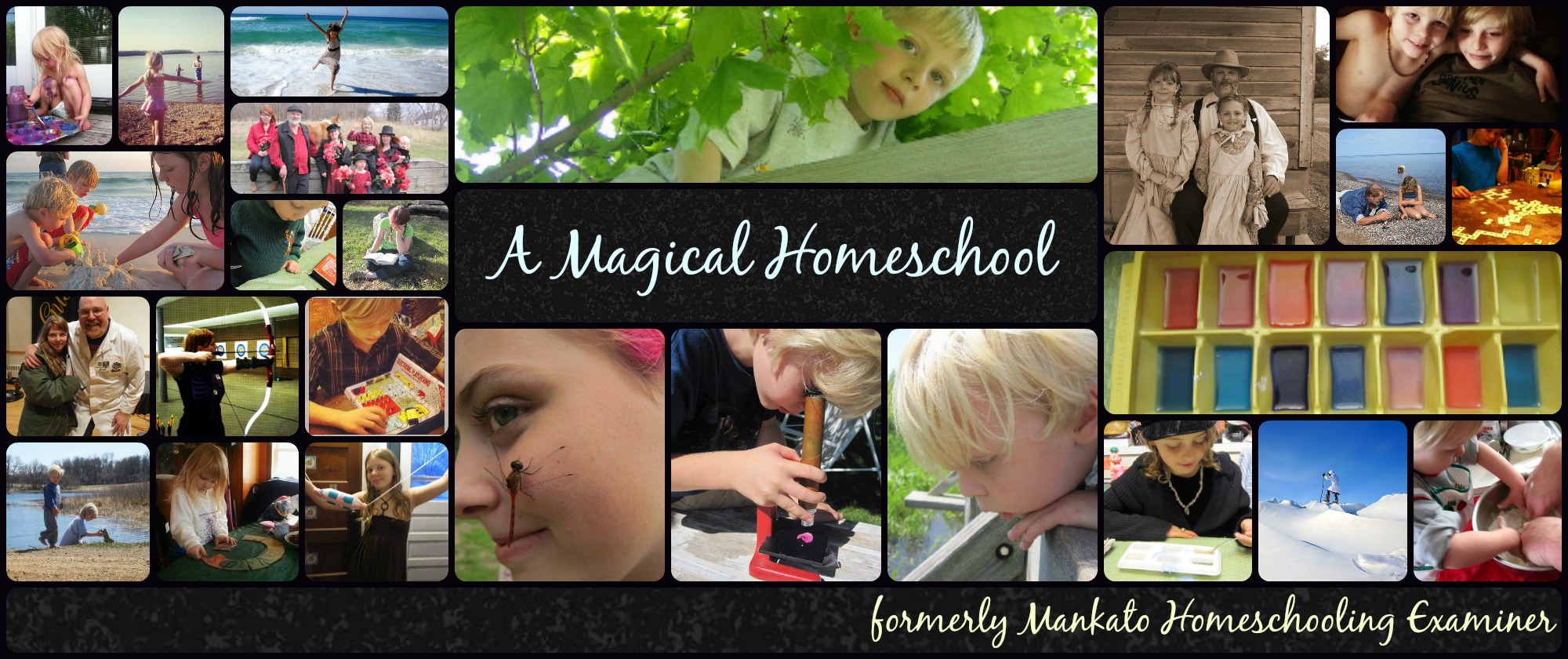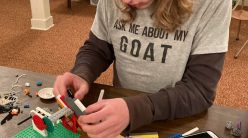
It may be snowy and cold, but there are still lots of opportunities for science and nature studies this month.
Here are five great ways to do some science and nature studies with your kids in January.
Start a weather tree. Kids can use weather trees to track the weather for the year, either simply (one color for sunny, one for cloudy) or through lots of colors and codes (colors for stormy, cold, snow, etc.). You can find lots of examples of weather trees at A Magical Childhood to see how to make your own, or print out the free weather tree printable at se7en.
Start charting the weather. If you want to take it further, you can start recording weather-related data and information with your kids. Handbook of Nature Study has a free printable weather chart to print out and keep in your nature journals. It includes spaces to note temperature, precipitation, clouds and more.
Make maple syrup snow candy. This is a great time to recreate the classic candy treat many of us know from the Little House on the Prairie books. Lots of sites have great instructions online, either using just maple syrup (such as Bradshaw & Sons, Vermont Living and The Cooking of Joy), while others stir in butter and vanilla (such as Rosy ~ Posy), and Creekside Learning uses just maple syrup and vanilla. Each person makes it a little bit differently, but here’s how Wikipedia says to make it. Kids can eat it with their fingers, roll it into balls (that can be wrapped in waxed paper) or they can roll it up on popsicle sticks or skewers right from the strips on the snow. No snow where you live? No worries. You can fill a large cake pan with crushed ice instead of snow.
See how clean snow really is. If you do have snow right now, it’s a great time to do the clean snow experiment. Gather snow from several sites and then melt it in a jar, then pour the liquid through a coffee filter and look at the results under a microscope or pocket scope. Be sure to compare snow from different types of areas, too.
Look for animal tracks. This is something that’s easy to do in the snow, but you can also look for tracks in sand or mud if you’re in a warmer climate. Hiking Michigan has some printable hiking ID sheets to get you started and Playful Learning has links to more neat tracking info. Encourage the kids to take pictures or draw the tracks they find and log the date, location and animal.
Do some citizen science. If the weather is too cold to go outside to study nature, the kids can still learn lots about nature by helping scientists on Zooniverse right from the couch or kitchen table. Current nature projects include the ocean, bats, the Serengeti, whales, plankton and transcribing museum notes, not to mention the projects dealing with space, climate, history and more.
You can follow the group Pinterest board All Year Round Nature Study for more great nature ideas, and also find lots of neat ideas on my own Nature Study board.
***
Want to support our site?
Treat yourself to something on Amazon!
You deserve it, and it will help us out.
It’s a win-win! 😉
This site is an affiliate for Amazon.com. Purchases made through this link will earn us a small commission, at no extra charge to you.
***
This article originally appeared on examiner.com




